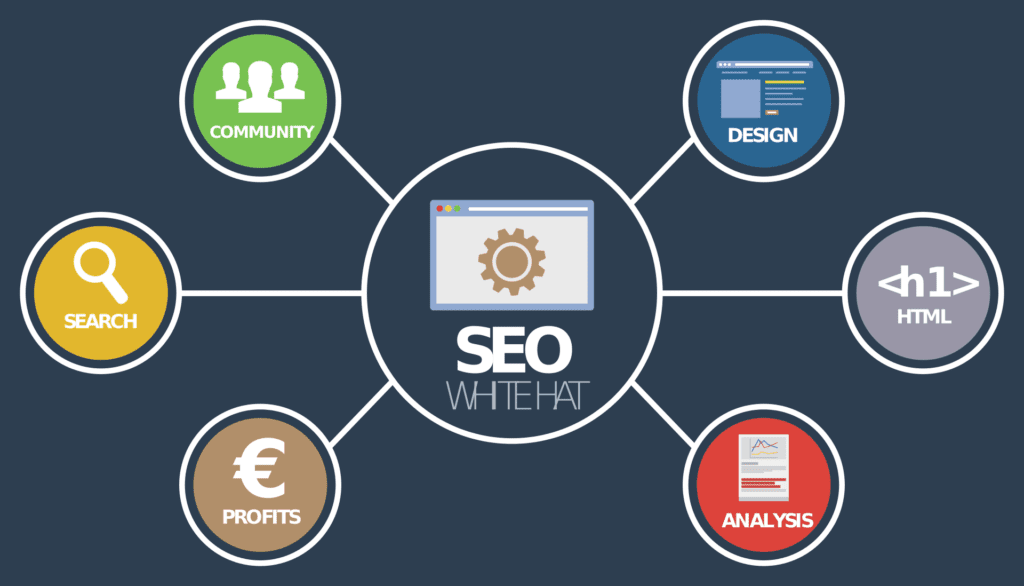On-page SEO, or on-site SEO, refers to optimizing individual web pages to improve their visibility and relevance in search engine rankings. It involves making strategic changes to various elements on your website to align with search engine algorithms and user intent.
On-page SEO aims to optimize your web pages so that search engines can easily understand the content and context, ultimately leading to higher rankings in search results. This optimization focuses on factors within your control, including content, HTML source code, and website structure.
On-Page SEO?
On-page SEO refers to optimizing individual web pages to improve search engine rankings and increase visibility. Unlike off-page SEO, which focuses on external factors like backlinks, on-page SEO revolves around optimizing various elements directly on your website. It involves strategically changing your website’s content, HTML source code, and internal structure to align with search engine algorithms and user intent.
Importance of On-Page SEO
On-page SEO plays a crucial role in establishing the relevance and authority of your web pages. It helps search engines understand the context and content of your website, ultimately influencing your ranking position. Here are a few key reasons why on-page SEO is vital:
- Improved Search Engine Rankings: By optimizing your web pages, you increase the likelihood of ranking higher in search engine results, driving more organic traffic to your website.
- Enhanced User Experience: On-page SEO involves improving website usability, ensuring easy navigation, and creating valuable and engaging content that meets user expectations.
- Targeted Keyword Optimization: On-page SEO allows you to optimize your web pages for relevant keywords strategically, enabling search engines to understand the primary focus of your content.
- Increased Click-Through Rates (CTR): Effective on-page SEO practices, such as crafting compelling meta titles and descriptions, can entice users to click on your website in search results, improving CTR and driving more traffic.
Key Elements of On-Page SEO
- Keyword Research: Conduct thorough keyword research to identify relevant search terms and phrases that align with your content and target audience.
- High-Quality Content: Create valuable, informative, and engaging content that satisfies user intent and incorporates relevant keywords naturally.
- Meta Tags Optimization: Optimize meta tags, including meta titles and meta descriptions, to accurately represent your page content and entice users to click.
- URL Structure: Craft search engine-friendly URLs that are descriptive, concise, and contain relevant keywords.
- Header Tags: Use header tags (H1, H2, etc.) to structure your content and signal the importance of different sections to users and search engines.
- Internal Linking: Strategically link related pages within your website to improve navigation, distribute link equity, and enhance crawlability.
- Image Optimization: Optimize image file names, alt tags, and sizes to improve page load speed and provide additional context for search engines.
- Mobile-Friendly Design: Ensure your website is responsive and optimized for mobile devices, as mobile-friendliness is a crucial ranking factor.
- Page Load Speed: Optimize your website’s performance to ensure fast page load times, as it directly impacts user experience and search engine rankings.
- User Engagement Metrics: Focus on user engagement metrics, such as bounce rate, time on page, and click-through rates, to gauge the effectiveness of your on-page optimizations.
Conclusion
On-page SEO forms the foundation of your website’s visibility in search engine results. By understanding its importance and implementing key elements such as keyword research, high-quality content creation, meta-tag optimization, URL structuring, and user-friendly design, you can significantly enhance your website’s relevance, visibility, and user experience. Keep up with industry best practices, monitor performance metrics,

